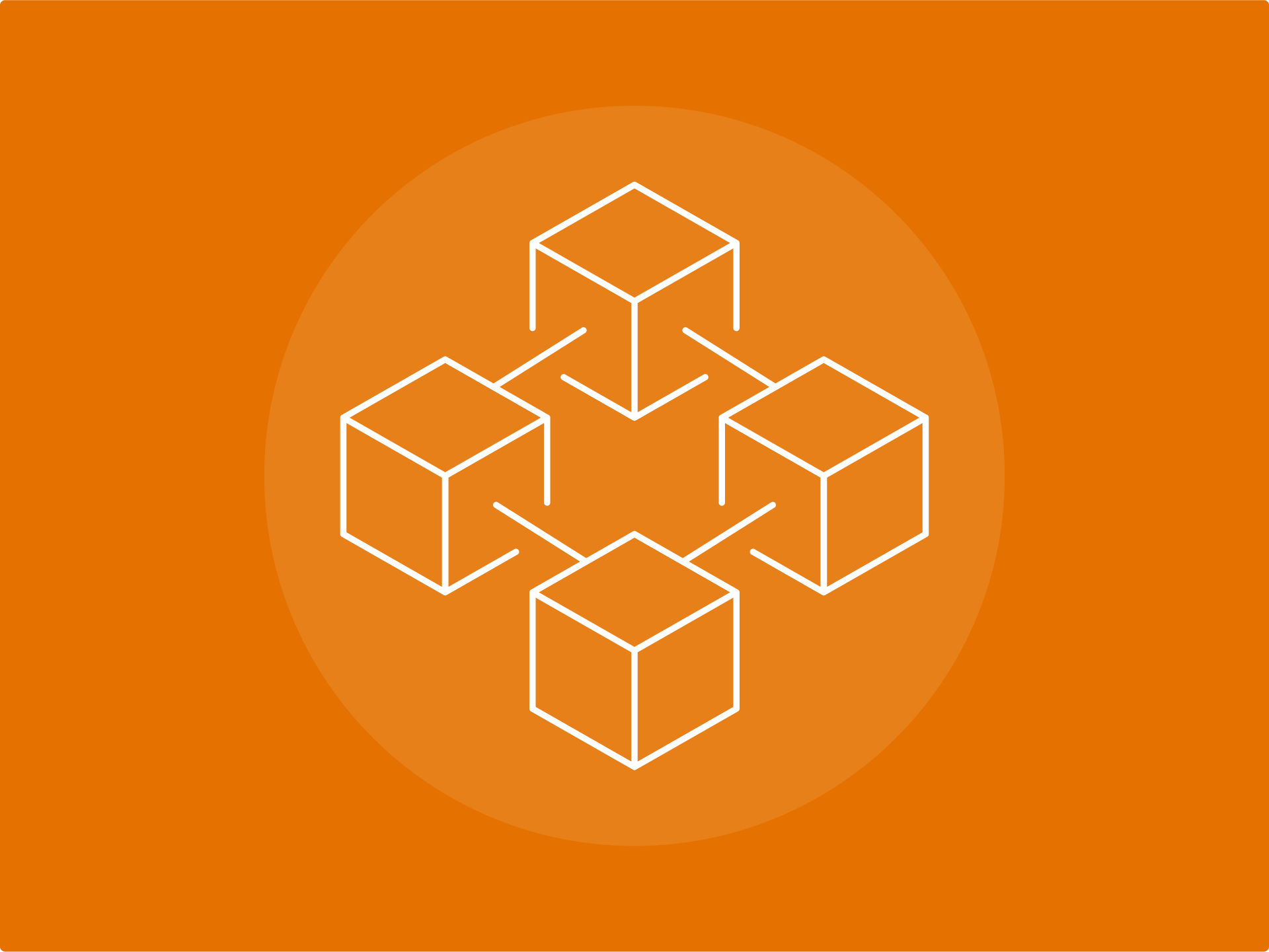
Like earlier iterations of the internet, the arrival of Web3 has the potential to change business and society in various ways, from the rise of cryptocurrency to the proliferation of truly user-owned content. But before we explore its impact, it’s crucial to understand what exactly Web3 is. In this article, we will delve into seven key concepts that will demystify Web3 for you.
Web3
Web3, also known as Web 3.0, is essentially the next iteration of the internet. It consists of internet applications built on blockchain technology, which securely stores data. Web3 stands out for its decentralization and user ownership, marking a significant shift from decades of digital power being concentrated in the hands of a few companies.
Web3 builds upon the previous iterations of the internet. Web 1.0, which emerged in the 1980s and early 1990s, was relatively decentralized but lacked the ability to meaningfully capture data or enable users to create content easily. Web 2.0, which we currently experience, allowed companies to store and utilize vast amounts of data, leading them to possess more power than individual users. In contrast, Web3 aims to empower users and businesses to co-create and mutually benefit.
Blockchain
Blockchain technology, also known as distributed ledger technology, serves as the backbone of Web3. It is defined as a decentralized, public database that securely records information on a network of computers, rather than relying on centralized entities for verification and control.
Blockchain acts as a digital accounting system that records ownership and maintains all state changes over time. It does this by storing “blocks” of data that are chained to the previous blocks, continuously building upon each other as they transfer between users.
One of the defining features of blockchain is its security. Since the digital ledgers are maintained on a decentralized network of computers instead of a single server, they are more resistant to attacks. Additionally, blockchains are collectively managed and not owned by any one company or individual. Many blockchains are also open and transparent, allowing anyone to access records, unlike centralized platforms that tend to be opaque.
Blockchain technology enables the implementation of smart contracts, which are software code that automatically executes once predetermined conditions are met. For example, Modum, a startup integrating blockchain into pharmaceutical supply chains, utilizes smart contracts to maintain crucial conditions during the transit of perishable medication. By executing these scripts on the blockchain, they become more difficult to manipulate or alter, increasing transparency and security.
Understanding these fundamental concepts of Web3 and blockchain lays the foundation for exploring the potential of this transformative technology. With its decentralized nature and user empowerment, Web3 has the potential to revolutionize various industries and reshape the way we interact with digital platforms.
FAQs
Q: What is Web3?
A: Web3, or Web 3.0, is the next iteration of the internet characterized by decentralization and user ownership. It is built on blockchain technology and aims to empower users and businesses to co-create and mutually benefit.
Q: What is blockchain?
A: Blockchain, also known as distributed ledger technology, is a decentralized, public database that securely records information on a network of computers. It ensures transparency, security, and immutability, making it an essential component of Web3.
Conclusion
As Web3 continues to evolve, it promises to reshape the digital landscape and redefine our relationship with technology. By understanding the concepts of Web3 and blockchain, we can navigate this transformative era with awareness and seize the opportunities it presents. Stay tuned for more insights on Web3 and its impact on the future of the internet.







